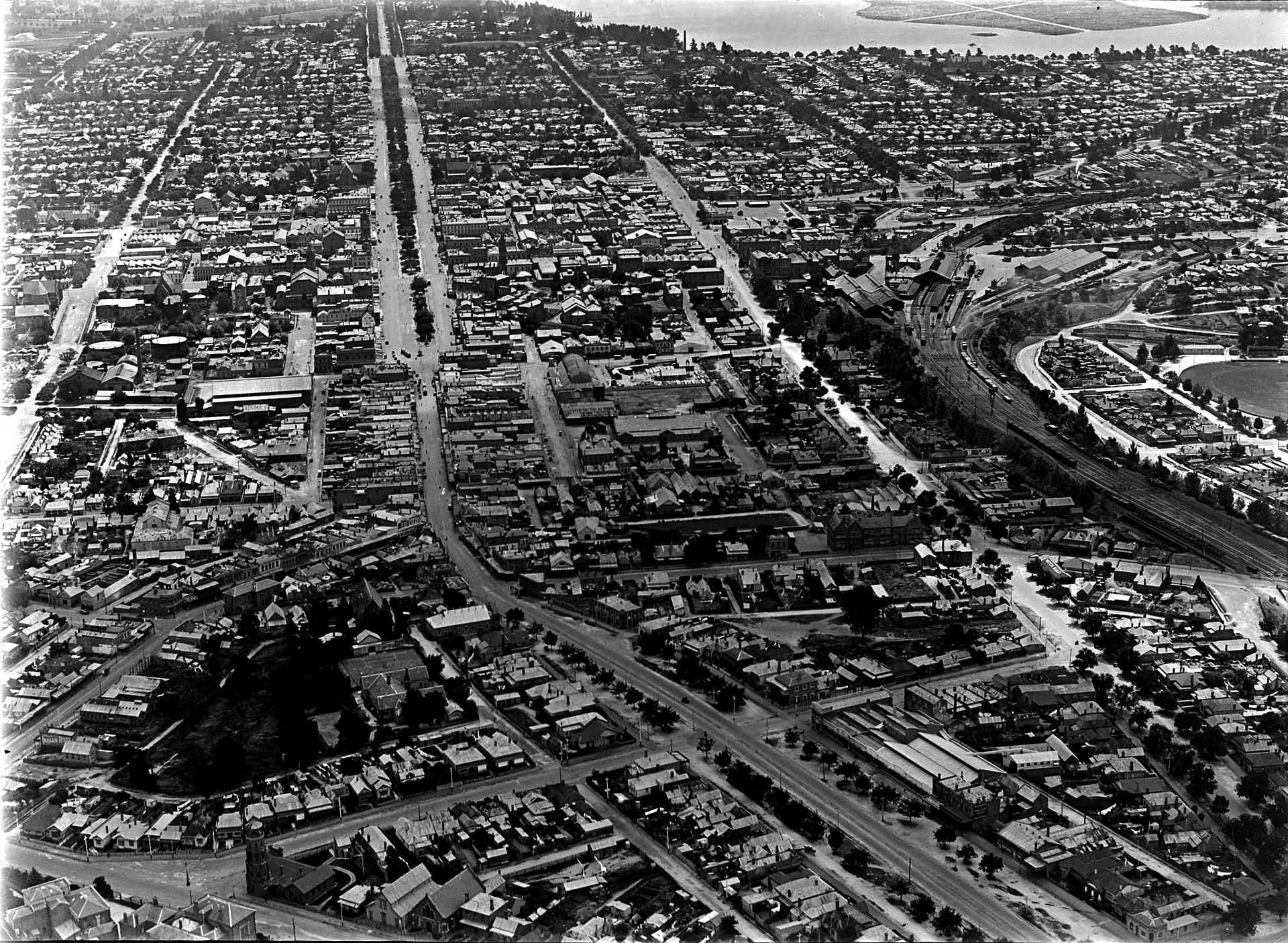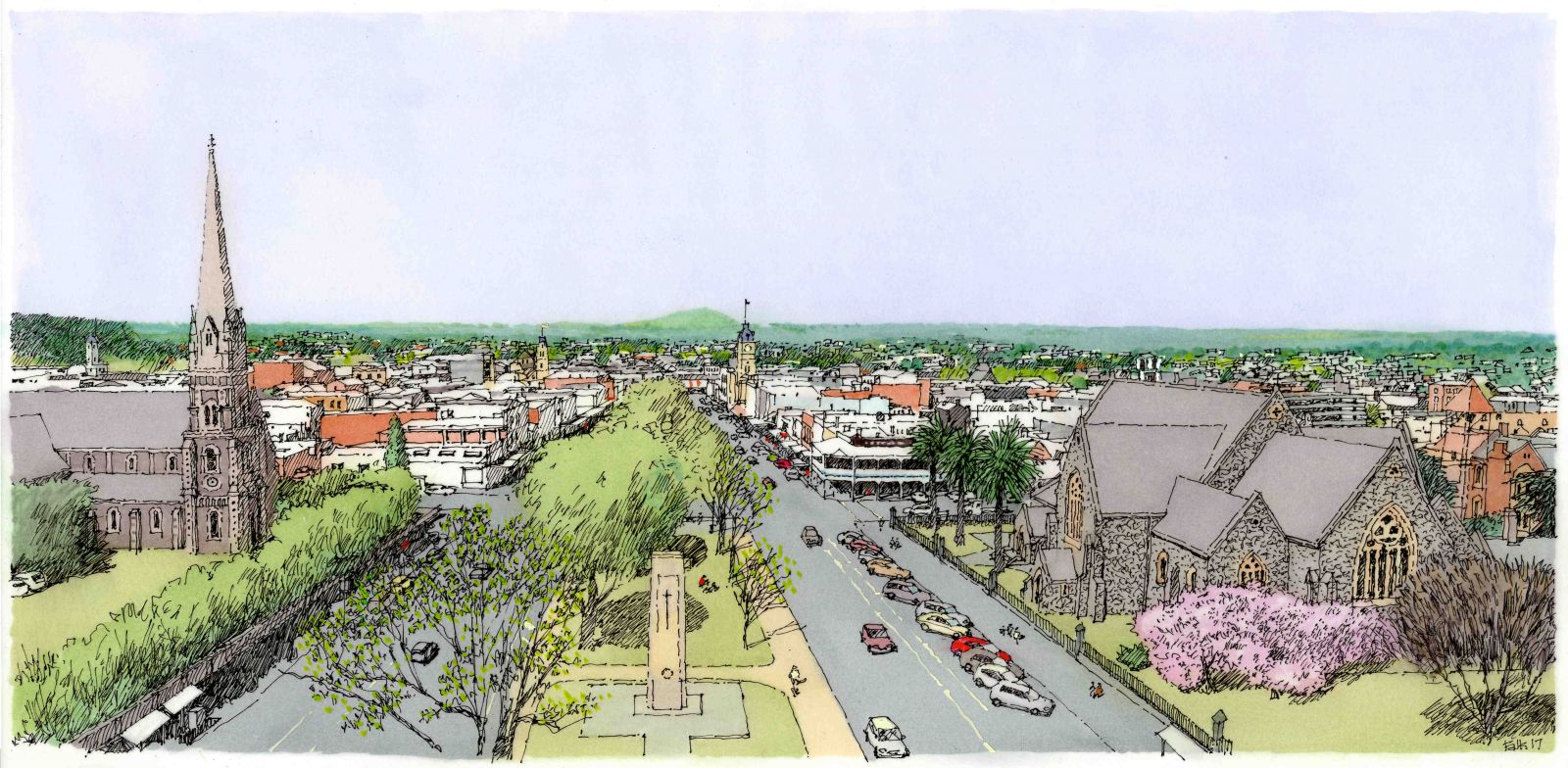Landscape Character Assessment
Landscape Character Assessment
What was/is the problem to be addressed?
-
How to capture a fully-rounded sense of place…to inform, conserve and manage that place.
-
How to “…provide a people-centred and forward-looking way to reconcile management of the environment with the social and economic challenges of the future, and aims to help people reconnect (or stay connected) with place...” European Landscape Convention 2007… all landscapes matter.
-
LCA methodology is one approach.
Background
- The ELC cover land and water (inland and seas), and natural, rural, urban and peri-urban landscapes. Significantly, it includes every-day or degraded landscapes as well as those that might be considered outstanding.
- Every landscape forms the setting for the lives of local people, and the quality of those landscapes can affect everyone’s lives. The ELC does not confine itself to cultural or man-made landscape elements alone, but to all elements and the way they interact.
- The ELC does not advocate the same measures and policies for all landscapes. Instead it encourages approaches that are adaptable to particular landscape types and which respond to their unique characteristics.
Principles – which HUL principles were used?
-
Knowledge gathering – HUL layers – landscape circle…
-
Participatory – community engagement
-
Vulnerability -forces for change
-
City management framework – local area plans
-
Action/implementation
Techniques and methods
Landscape character assessment (LCA)
The process of identifying and describing variation in character of the landscape. LCA documents identify and explain the unique combination of elements and features that make landscapes distinctive by mapping and describing character types and areas. They also show how the landscape is perceived, experienced and valued by people.
Guidance documents include:
Examples/results
- Local (Imagine Ballarat East and Ballarat Strategy)
- International
Applications
-
Local area plans – strategic plans – urban forest etc
-
To inform…
-
“Landscape policy” – general principles, strategies and guidelines that permit the taking of specific measures aimed at the protection, management and planning of urban landscapes/landscapes.
-
“Landscape protection” – actions to conserve and maintain the significant or characteristic features of a landscape, justified by its heritage value derived from its natural configuration and/or from human activity.
-
“Landscape management” – action, from a perspective of sustainable development, to ensure the regular upkeep of a landscape, so as to guide and harmonise changes which are brought about by social, economic and environmental processes.
-
“Landscape planning” – strong forward-looking action to enhance, restore or create landscapes.
Limitations
-
Scale – region, municipality, reserves, individual sites
-
Time
-
Resources







.jpg)
